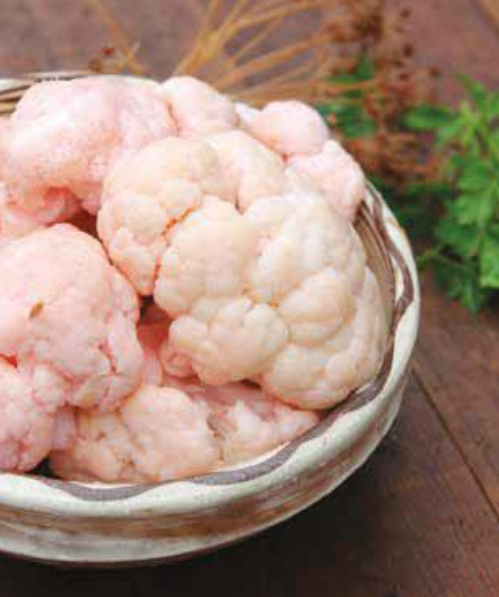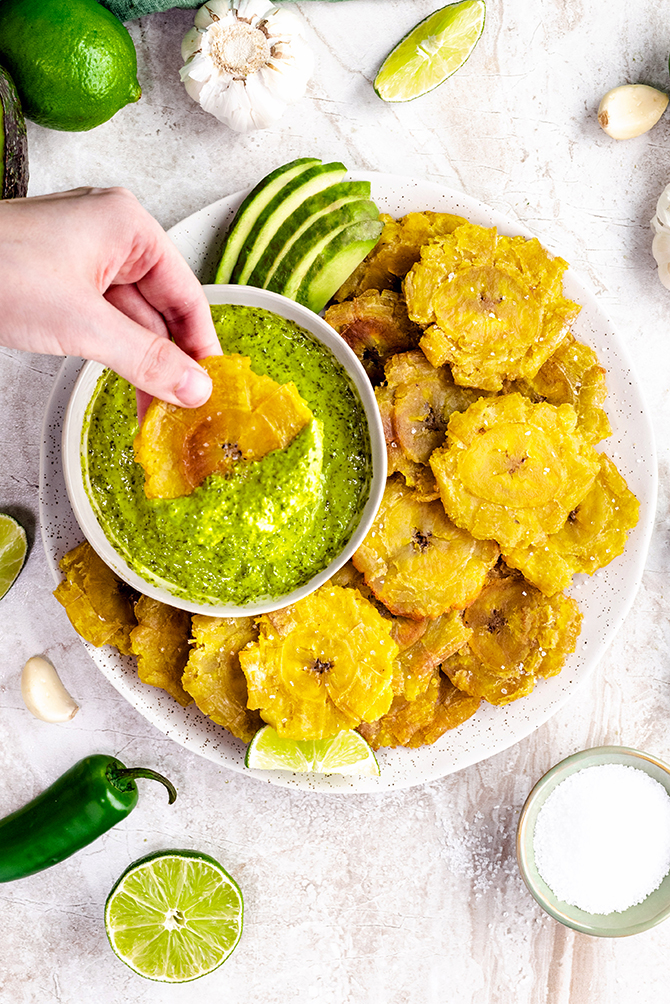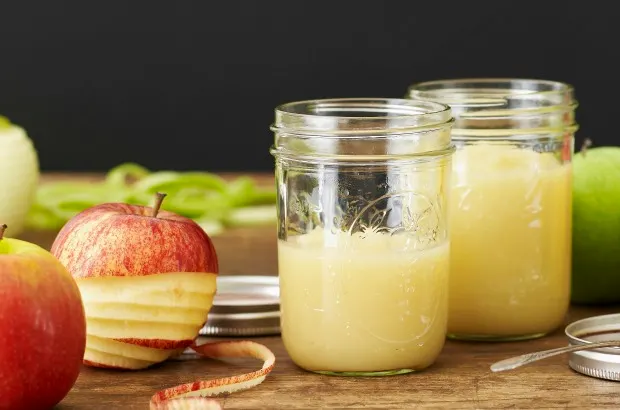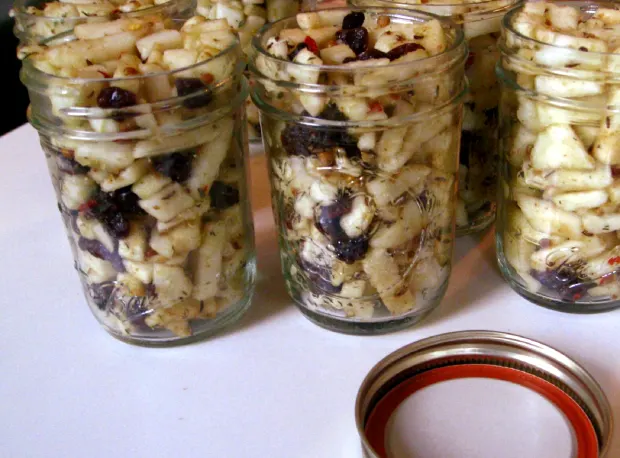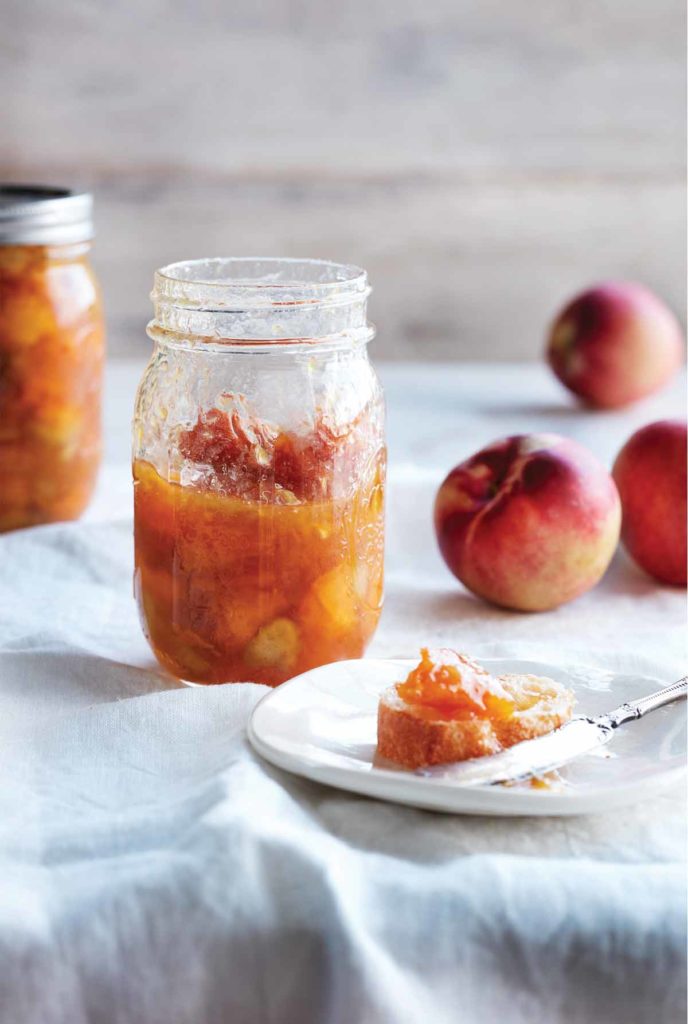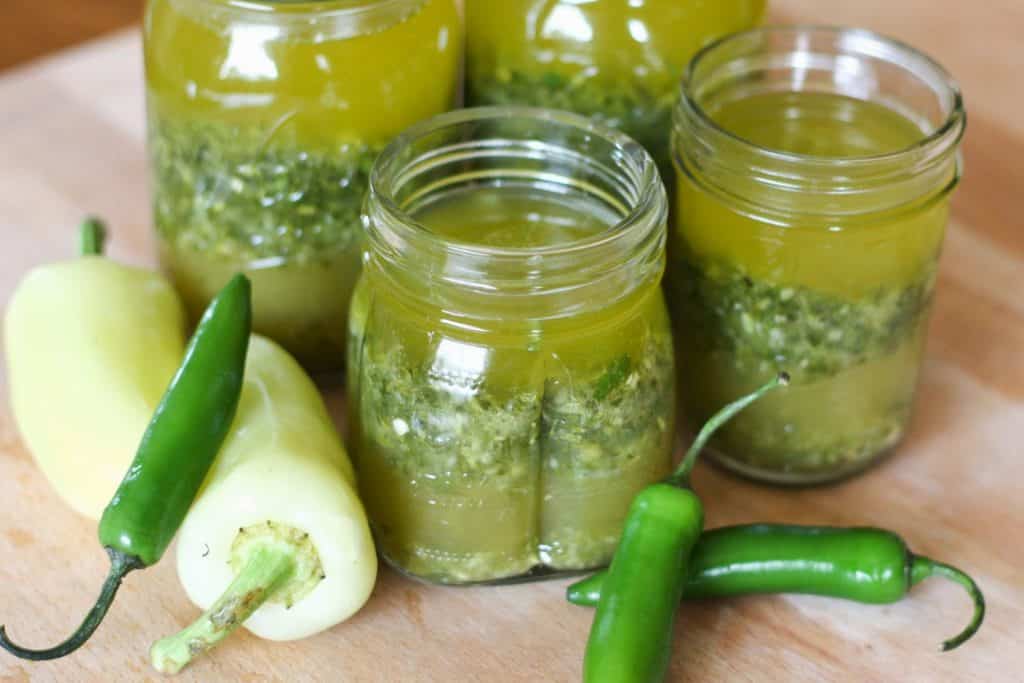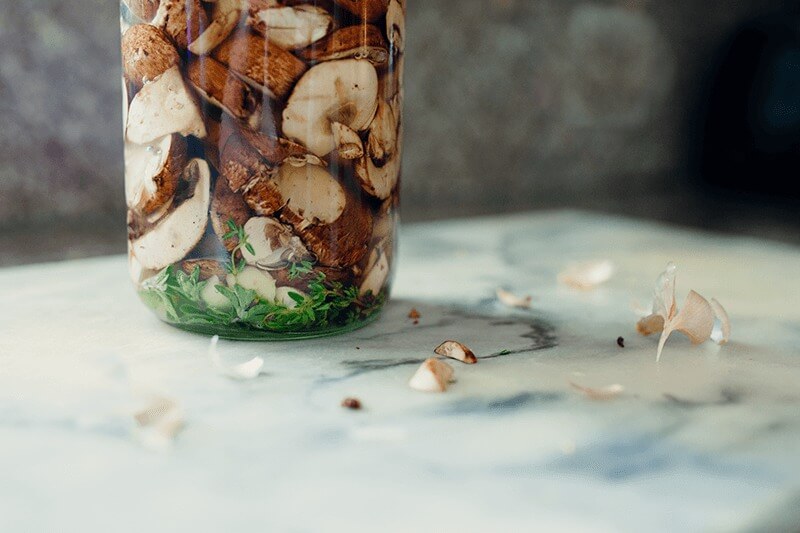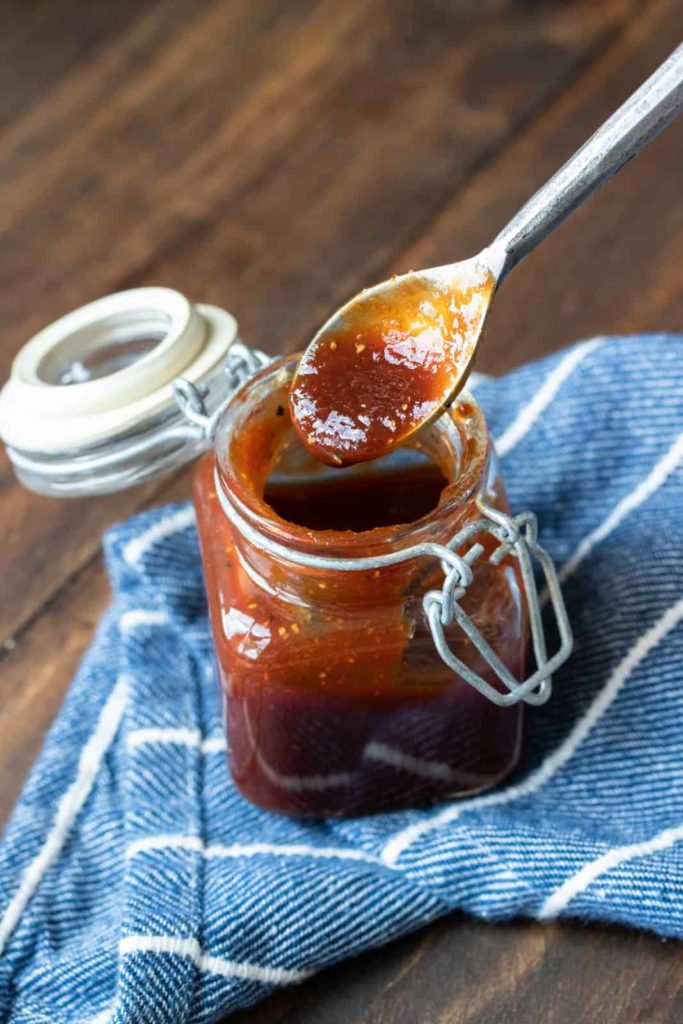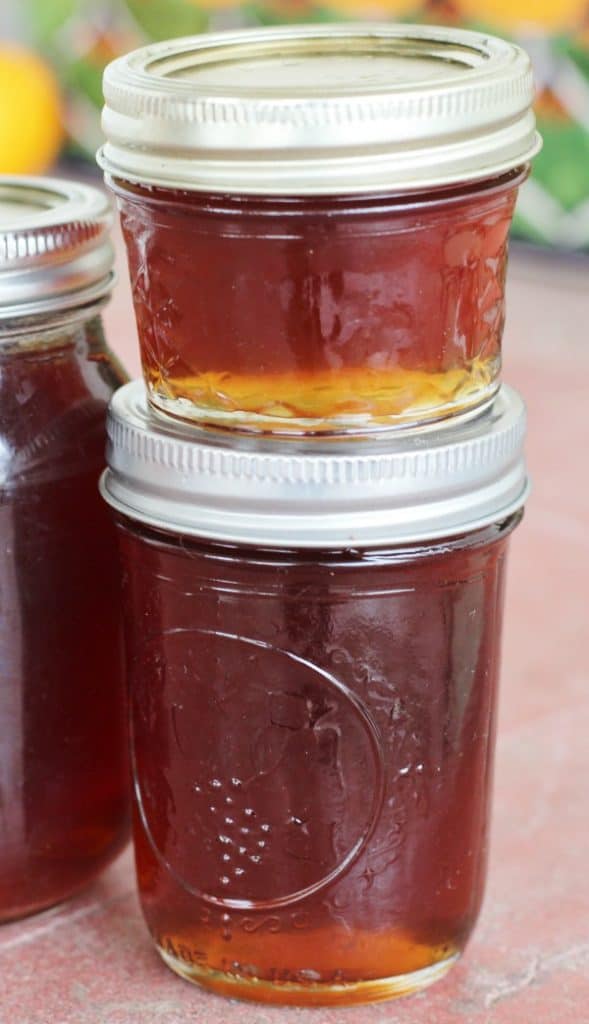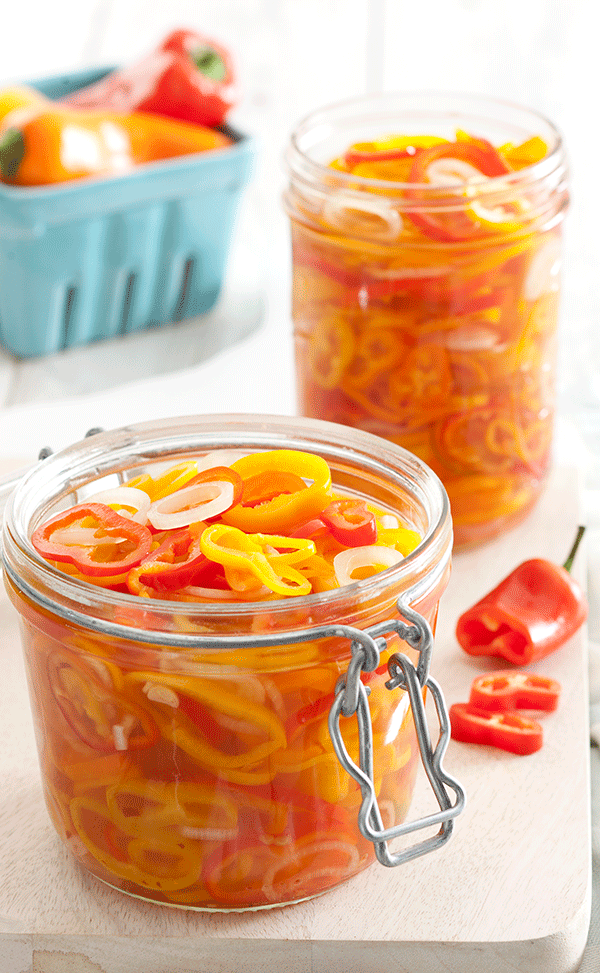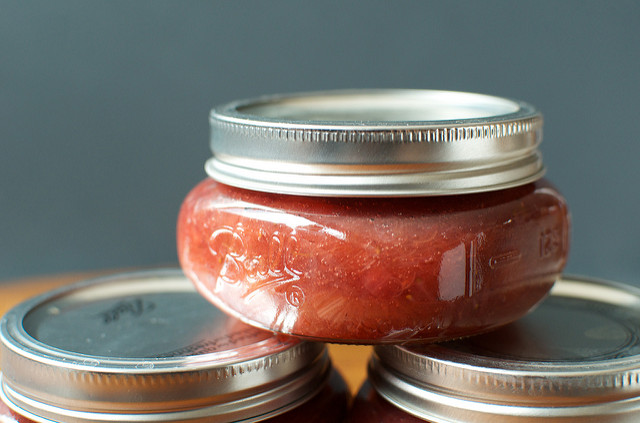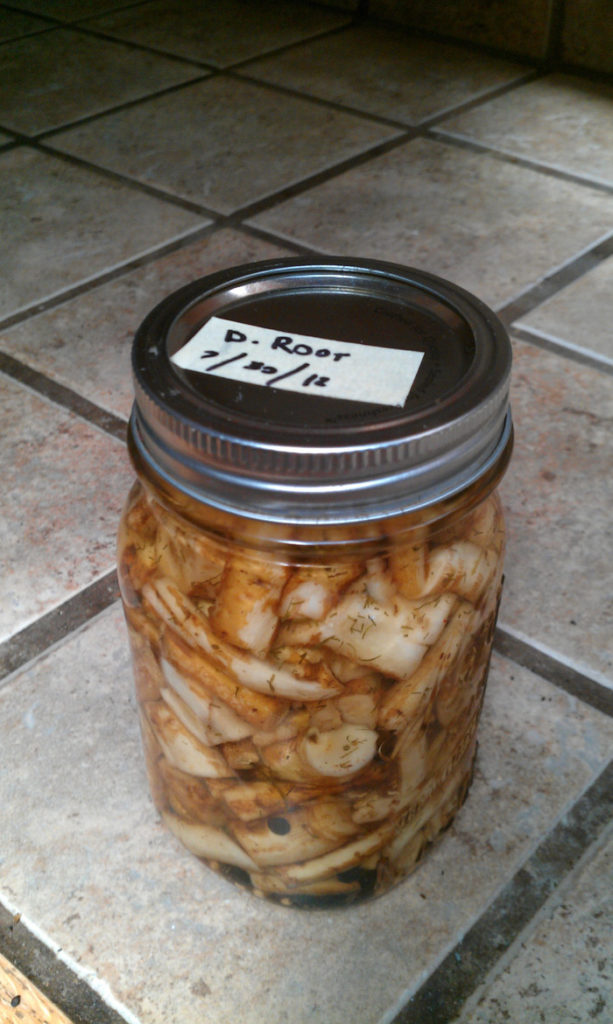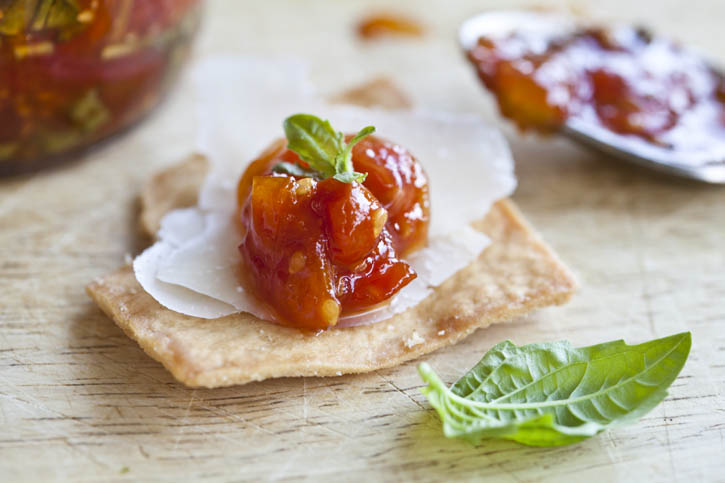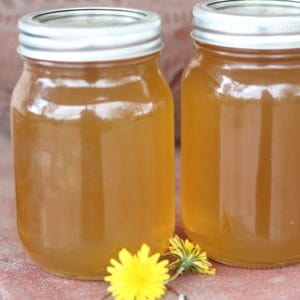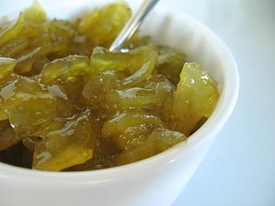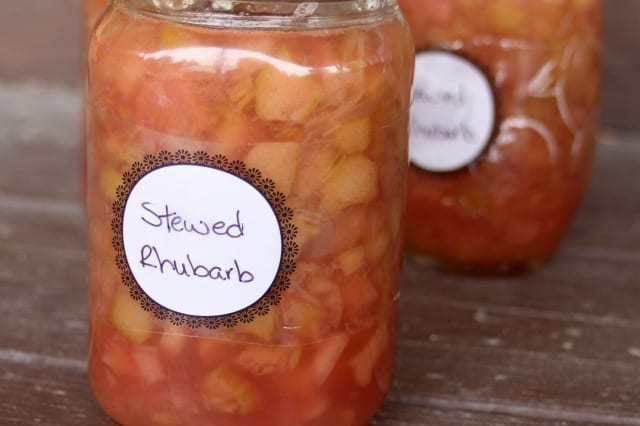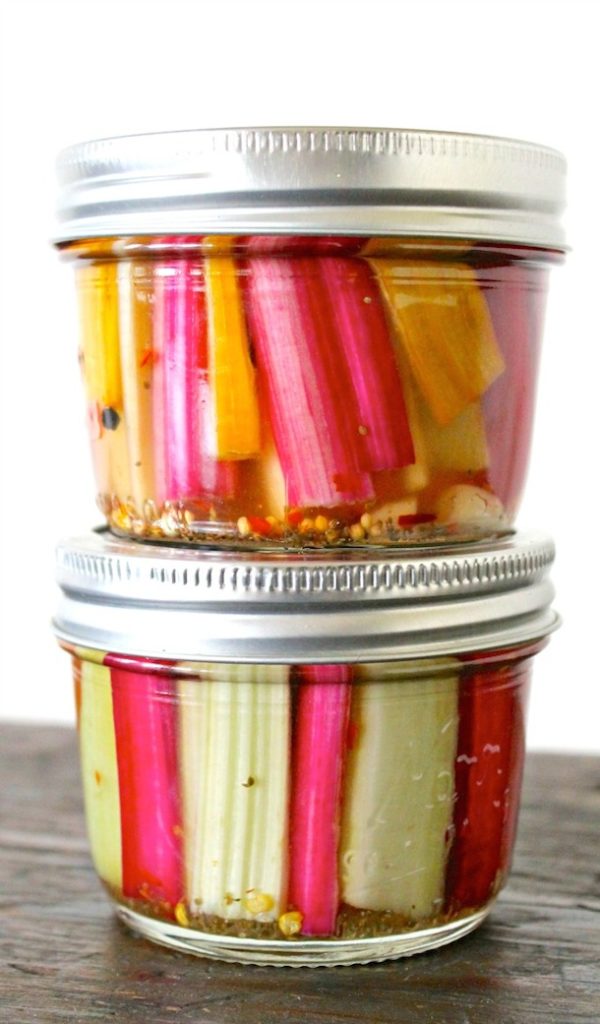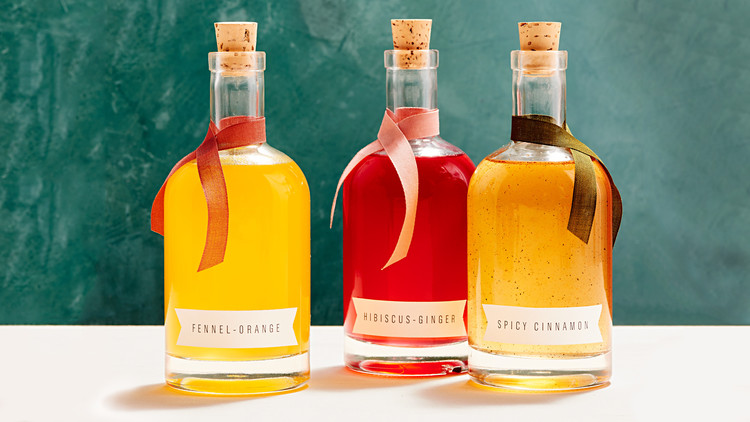 Cocktail Syrups
Cocktail Syrups
Fennel-Orange Cocktail Syrup
4 cups sugar
2 tablespoons grated orange zest, plus 1 cup fresh juice (from 4 oranges)
1/4 cup fennel seeds
8 star-anise pods
Orange peel, cut into long strips, for bottling (optional)
Combine sugar, orange juice, fennel seeds, star anise, and 3 cups water in a medium saucepan. Bring to a simmer over medium-high, stirring until sugar is dissolved (if it begins to boil, reduce heat — boiling will make the syrup cloudy). Remove from heat; stir in orange zest. Let steep 1 hour. Strain through a fine-mesh sieve into a large liquid-measuring cup; discard solids. Refrigerate until completely cool, 1 hour. Pour into gift bottles, adding orange peel, if desired. Syrup can be stored in bottles, refrigerated, up to 1 month.
Hibiscus Ginger Syrup
4 cups sugar
24 whole cloves (1 teaspoon)
1 cup julienned fresh ginger (from a 4-ounce piece)
1 ounce dried hibiscus leaves (about 3/4 cup)
Combine sugar, cloves, ginger, and 4 cups water in a medium saucepan. Bring to a simmer over medium-high, stirring until sugar is dissolved (if it begins to boil, reduce heat — boiling will make the syrup cloudy). Remove from heat; let steep 10 minutes. Stir in hibiscus leaves; let steep another 35 minutes. Strain through a fine-mesh sieve into a large liquid-measuring cup; discard solids. Refrigerate until completely cool, 1 hour. Pour into gift bottles. Syrup can be stored in bottles, refrigerated, up to 1 month.
Spicy Cinnamon Syrup
4 cups sugar
24 cardamom pods, crushed (1 tablespoon)
4 cinnamon sticks
2 vanilla beans, halved crosswise
Pinch of cayenne pepper
Combine sugar, cardamom, and cinnamon in a medium saucepan. Split vanilla beans lengthwise and scrape out seeds; add seeds and beans to sugar mixture with 4 cups water. Bring to a simmer over medium-high, stirring until sugar is dissolved (if it begins to boil, reduce heat — boiling will make the syrup cloudy). Remove from heat; add cayenne. Let steep 1 hour. Strain through a fine-mesh sieve into a large liquid-measuring cup; discard cardamom pods but reserve cinnamon sticks and vanilla beans. Refrigerate until completely cool, 1 hour. Pour into gift bottles; divide reserved vanilla beans and cinnamon sticks among bottles. Syrup can be stored in bottles, refrigerated, up to 1 month.
Ginger Simple Syrup
1 cup sugar
1 piece (about 10 inches long and 4 ounces; or use several small pieces) peeled fresh ginger, cut into very thin rounds
Put sugar and 1 cup water into a medium saucepan. Bring to a boil over medium-high heat, stirring to dissolve sugar. Add ginger; bring to a simmer. Remove from heat, and let stand 30 minutes. Pour syrup through a fine sieve into an airtight container; discard ginger. Refrigerate for up to a month.
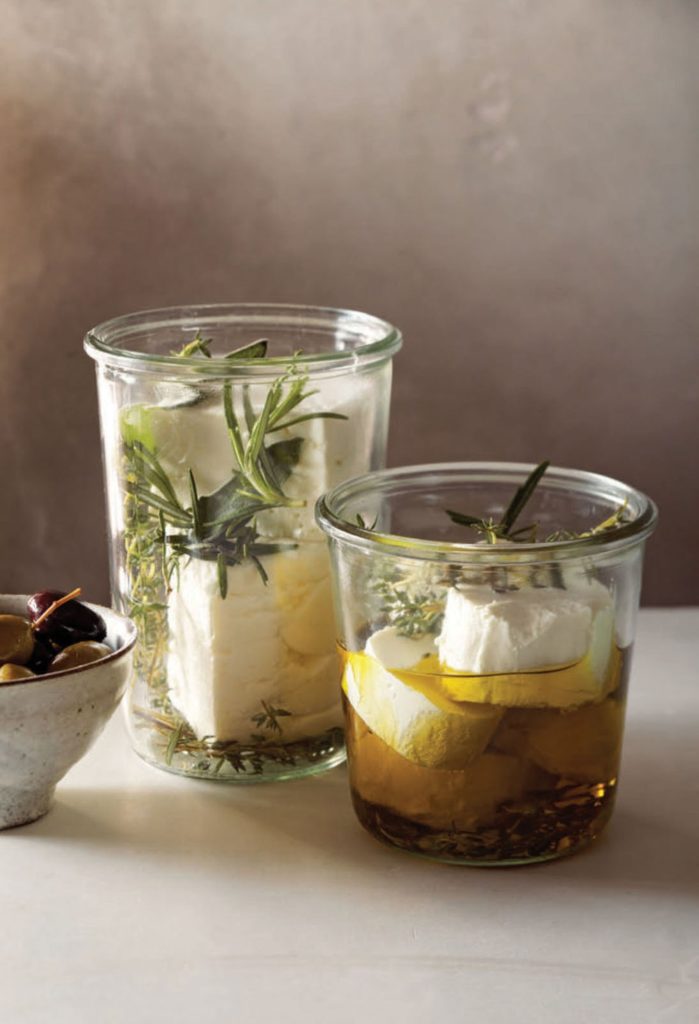
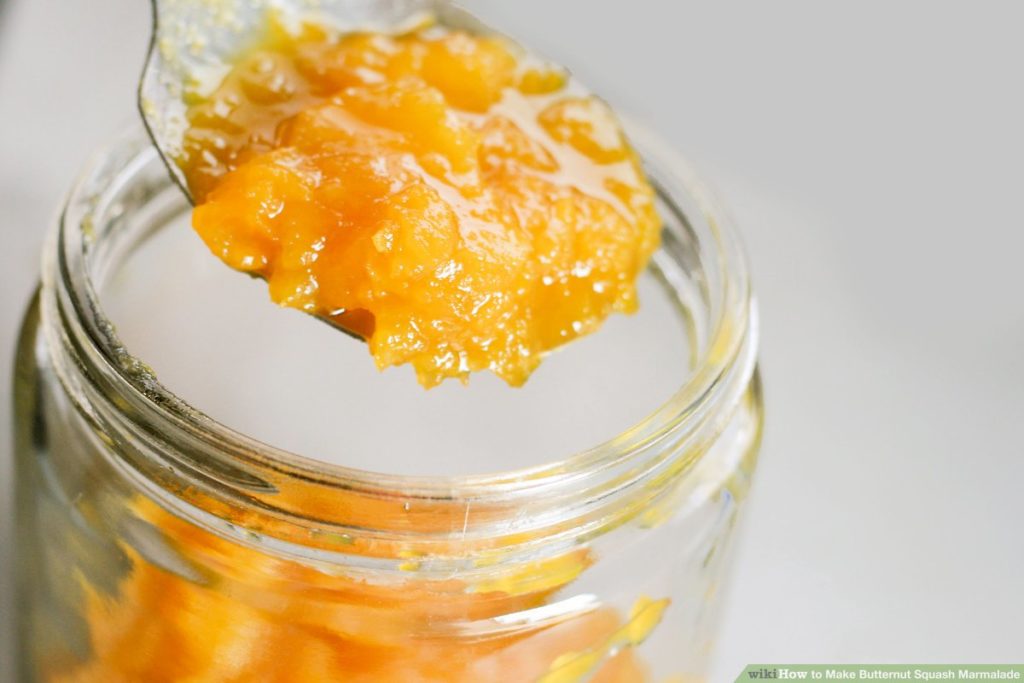 Butternut Squash, Ginger & Citrus Jam
Butternut Squash, Ginger & Citrus Jam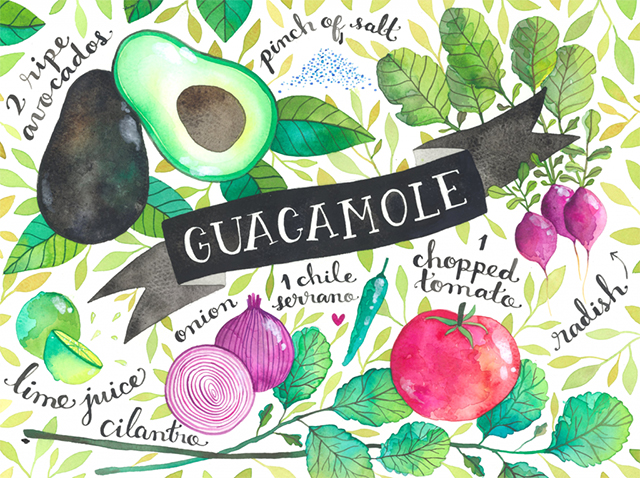
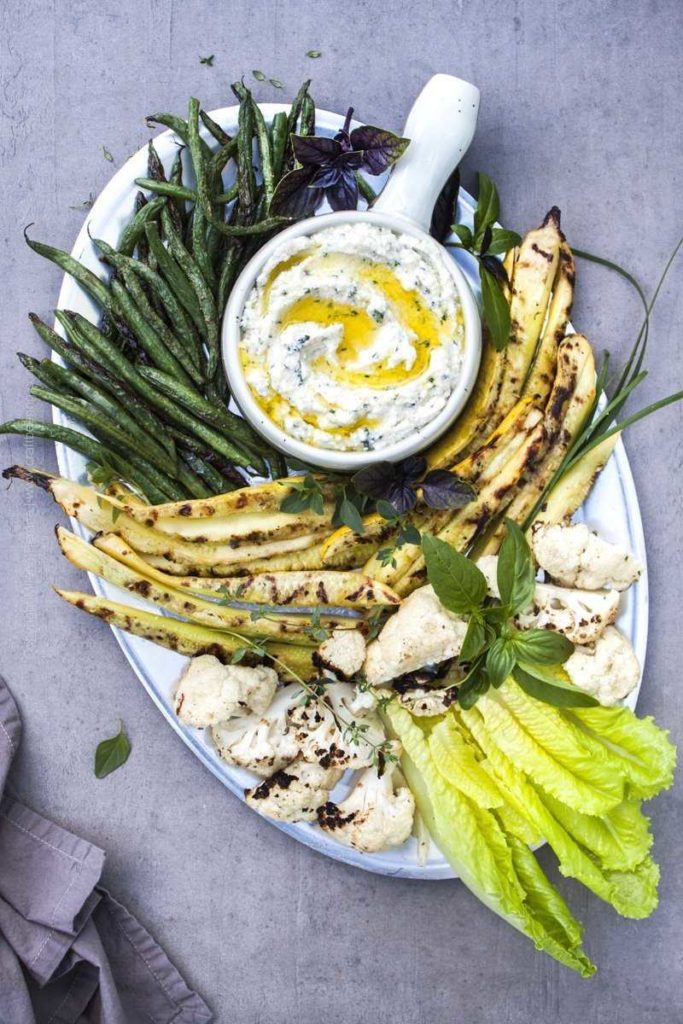 Herbed Ricotta Dip
Herbed Ricotta Dip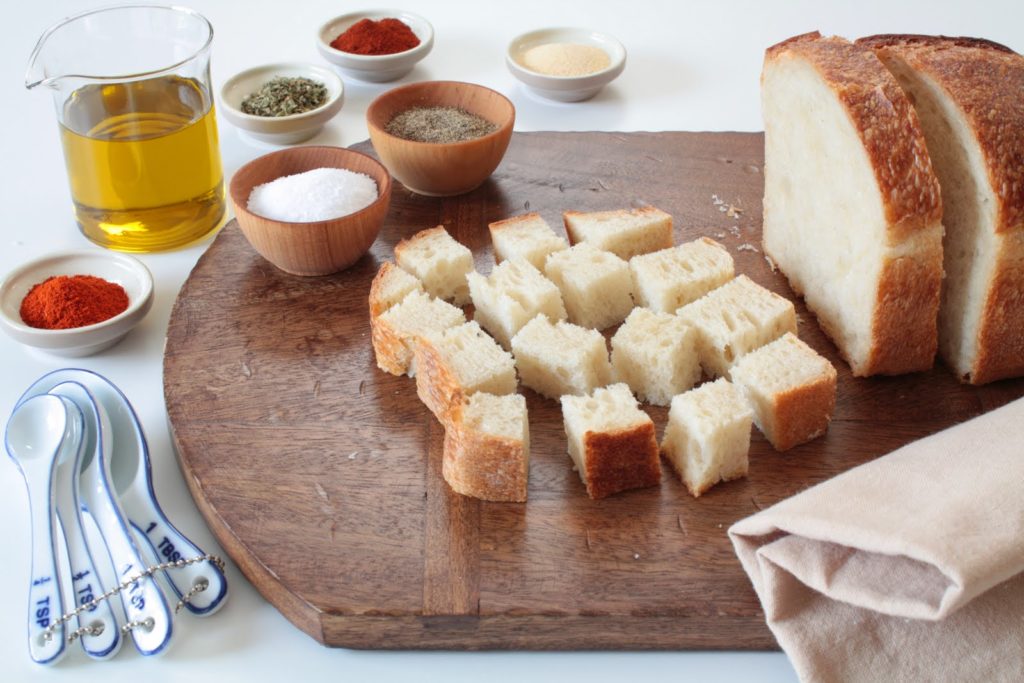 Craveable Croutons
Craveable Croutons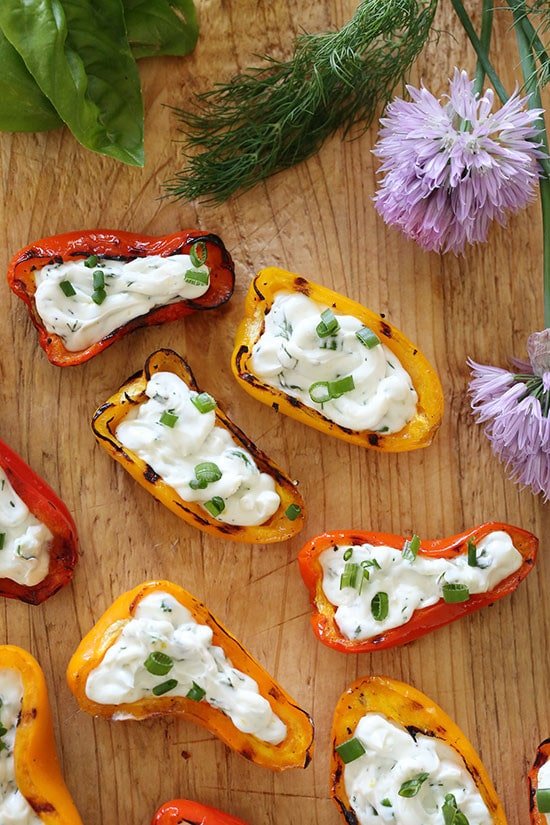 Herb Whipped Cream Cheese
Herb Whipped Cream Cheese
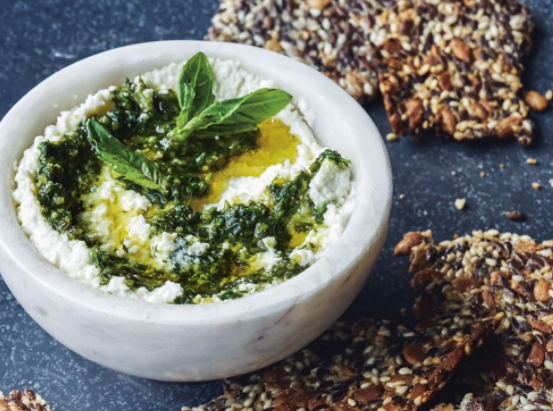
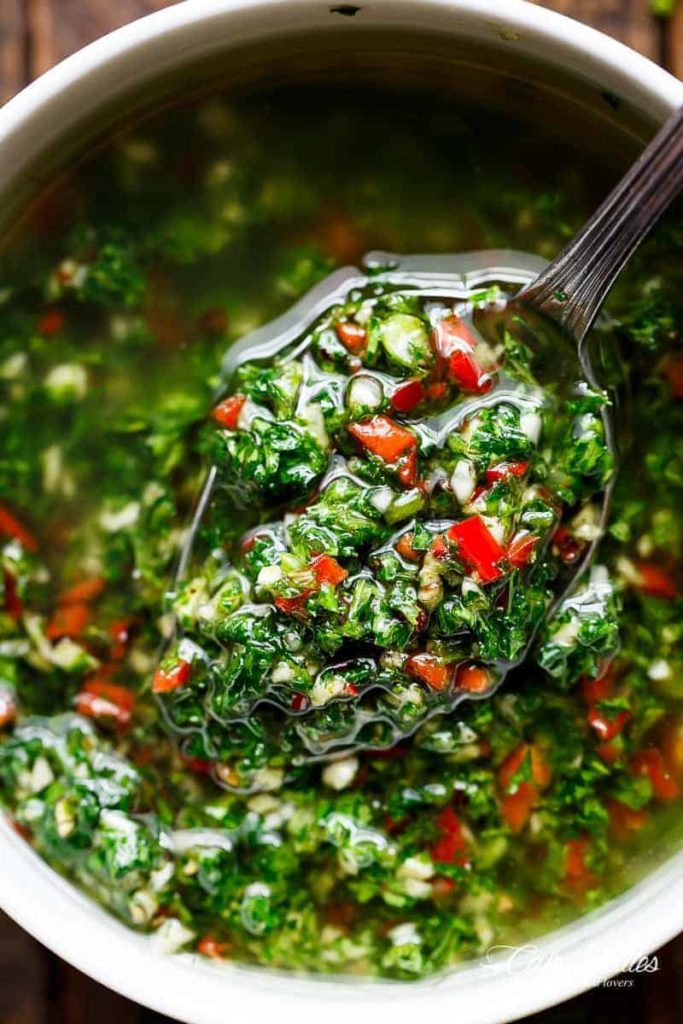 1/4 cup coarsely chopped parsley
1/4 cup coarsely chopped parsley Cocktail Syrups
Cocktail Syrups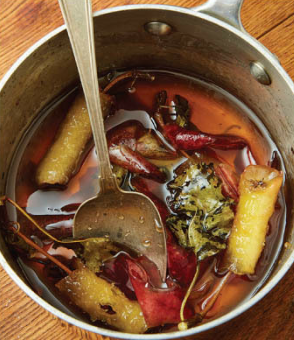 Apple Core Syrup
Apple Core Syrup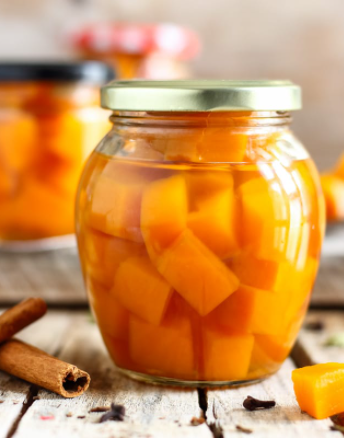 Pickled Pumpkin
Pickled Pumpkin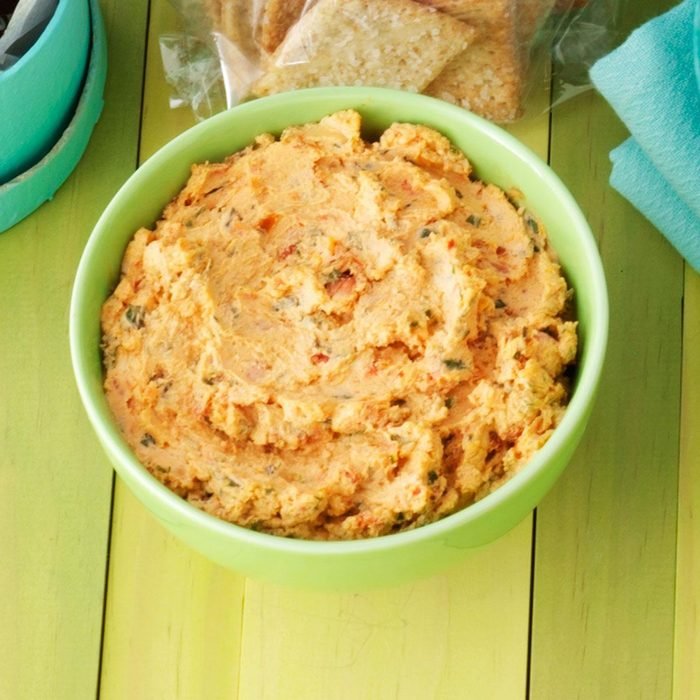 Herbed Goat Cheese and Sun-Dried Tomato Spread
Herbed Goat Cheese and Sun-Dried Tomato Spread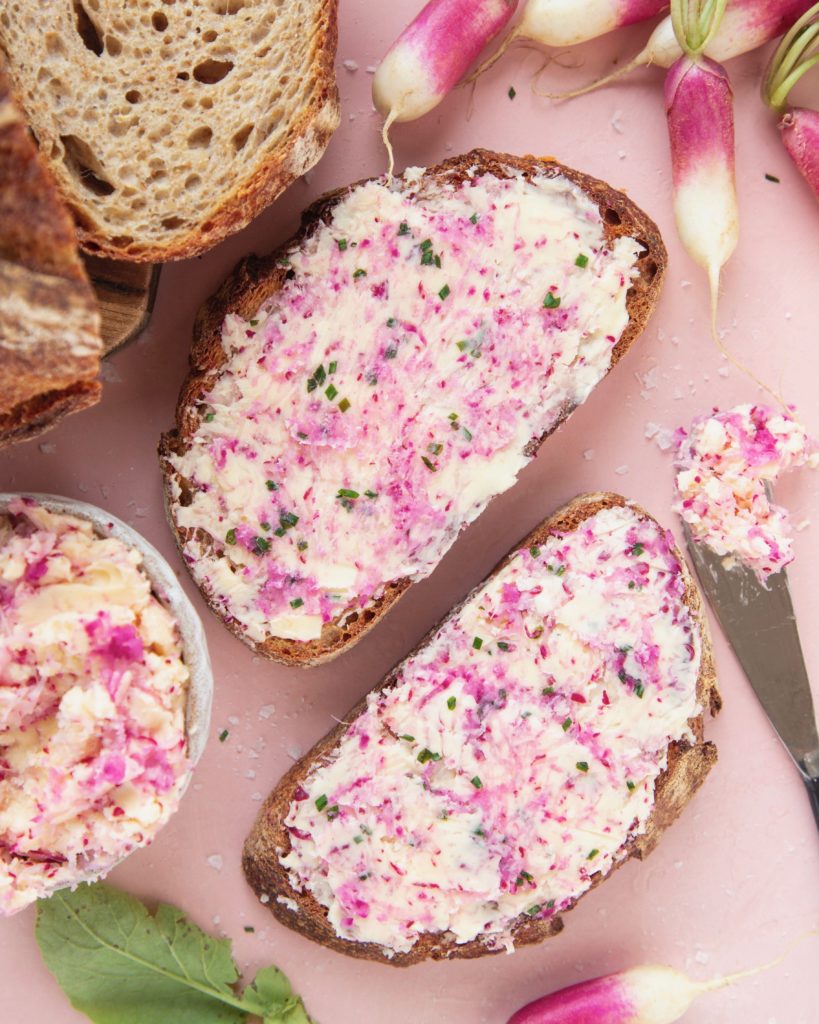 Radish Butter
Radish Butter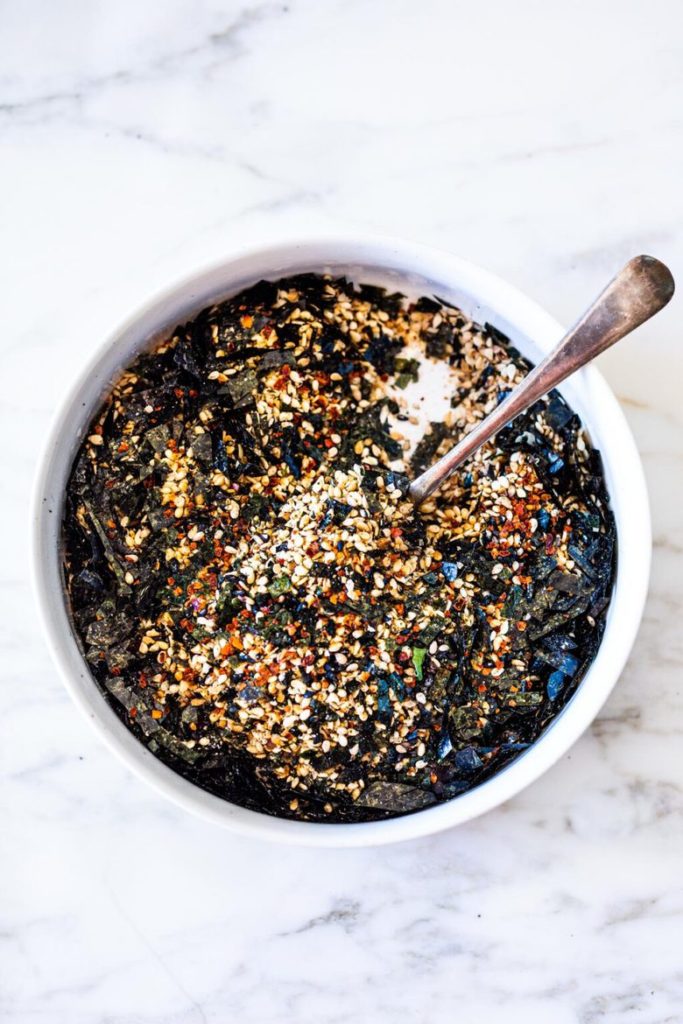
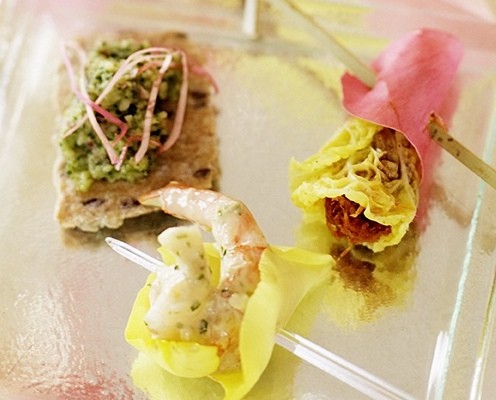 Rose Pesto
Rose Pesto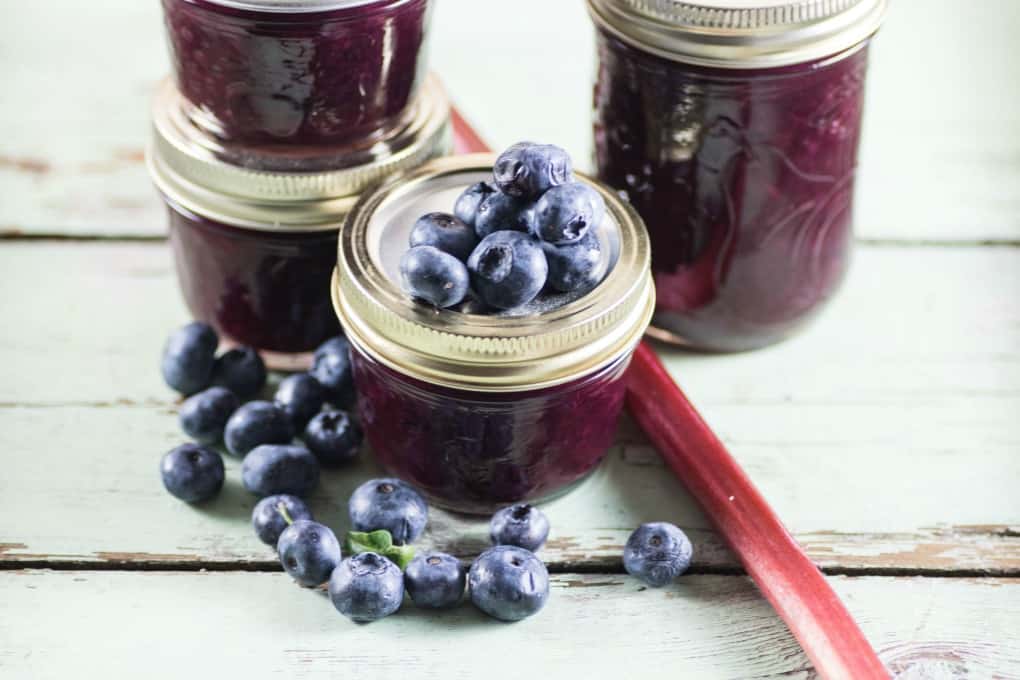
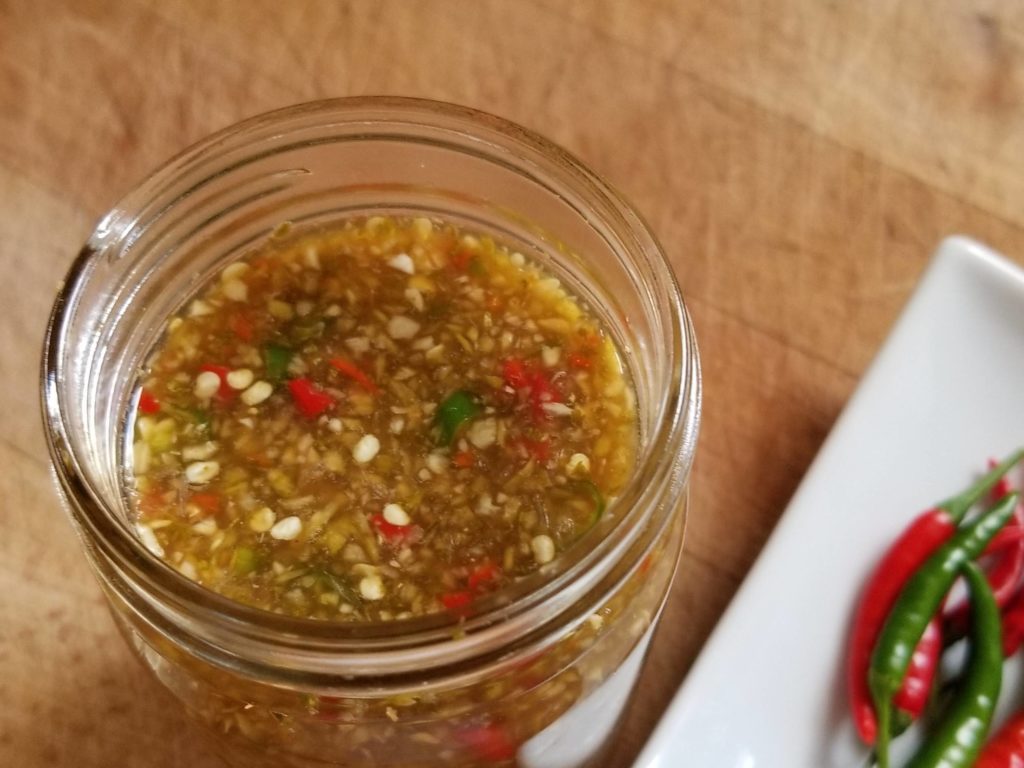 Thai Chili Dipping Sauce
Thai Chili Dipping Sauce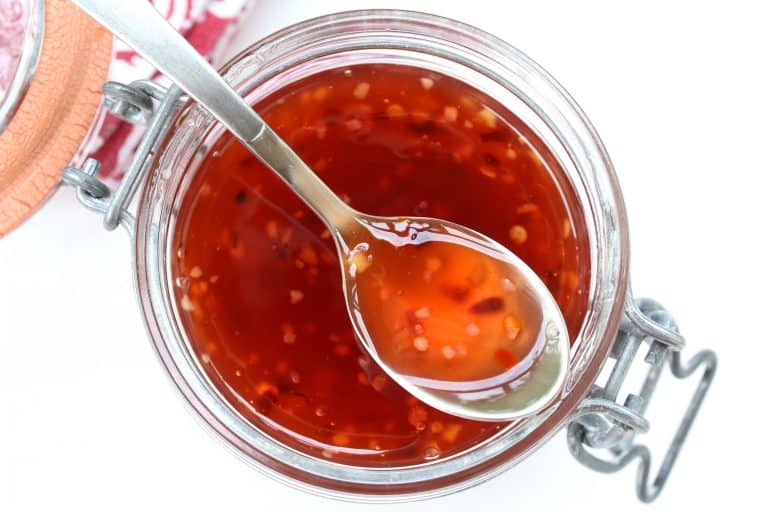 Thai Chili Sweet Soy Dipping Sauce
Thai Chili Sweet Soy Dipping Sauce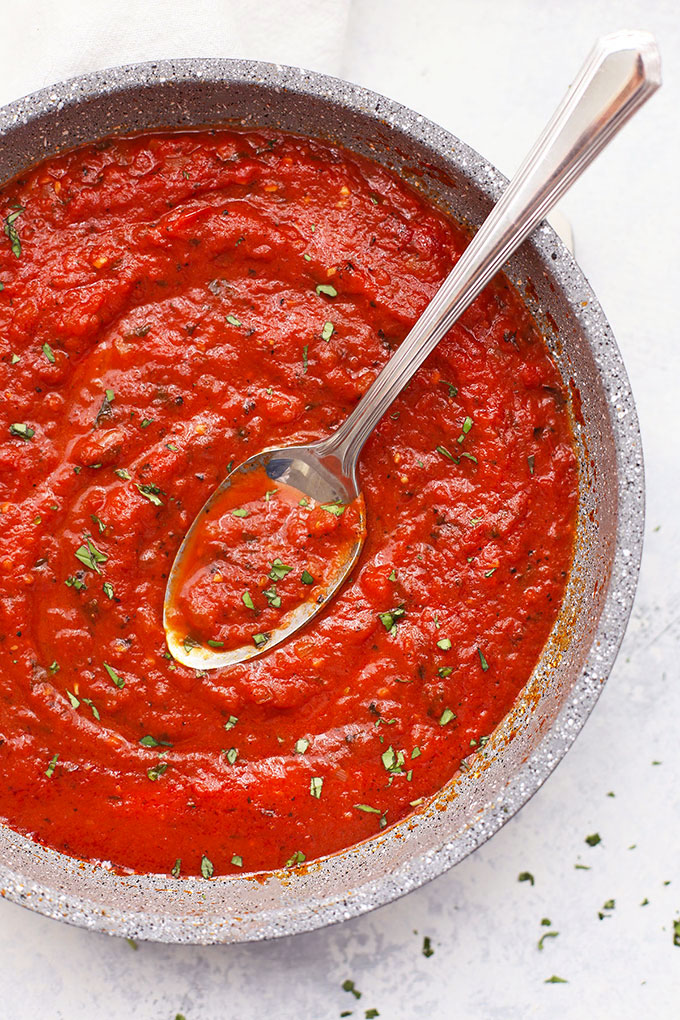 Salsa di Pomodoro della Nonna
Salsa di Pomodoro della Nonna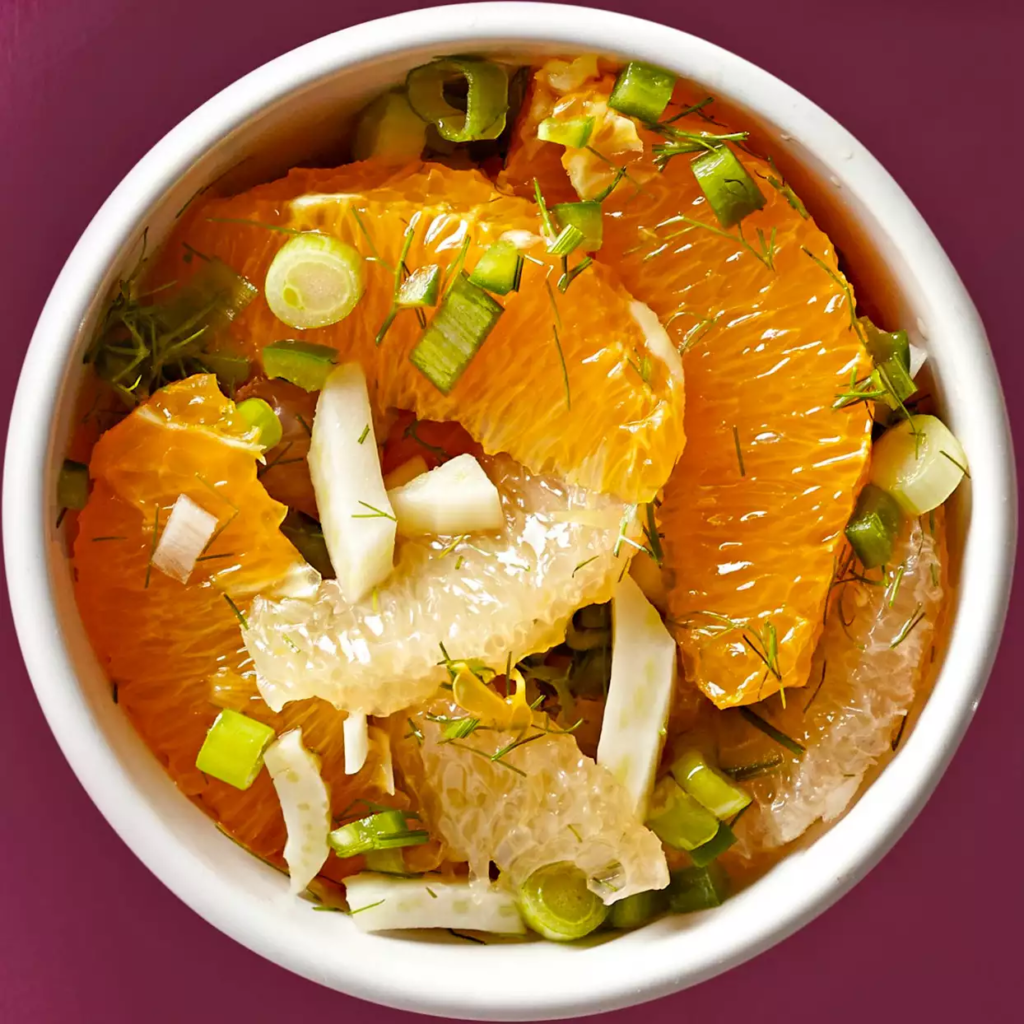 Citrus Fennel Salsa
Citrus Fennel Salsa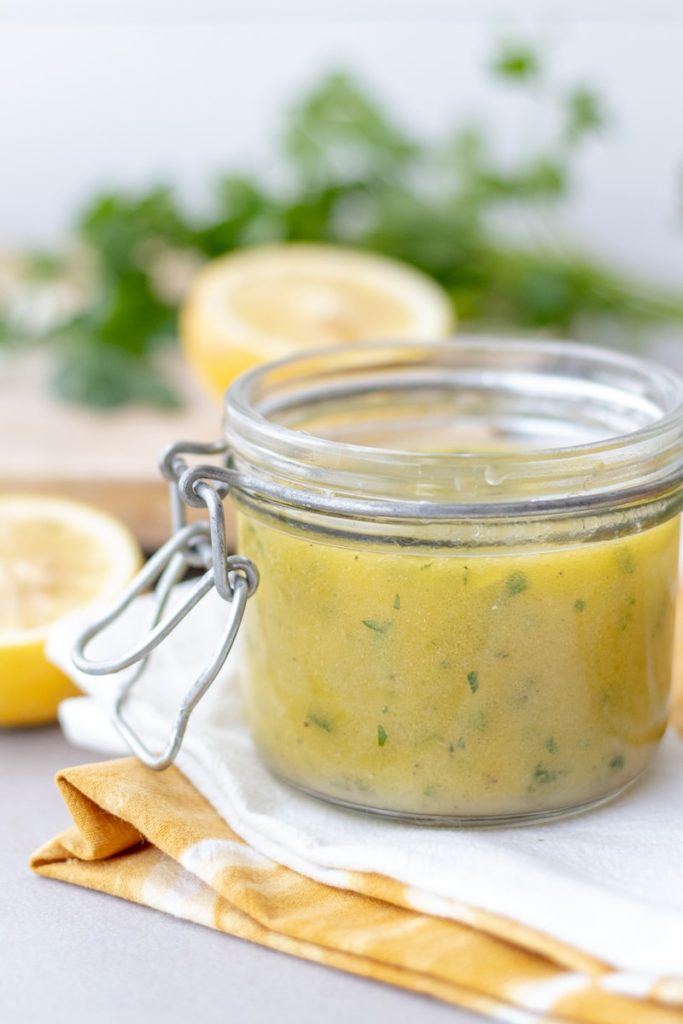 Make a Marinade
Make a Marinade